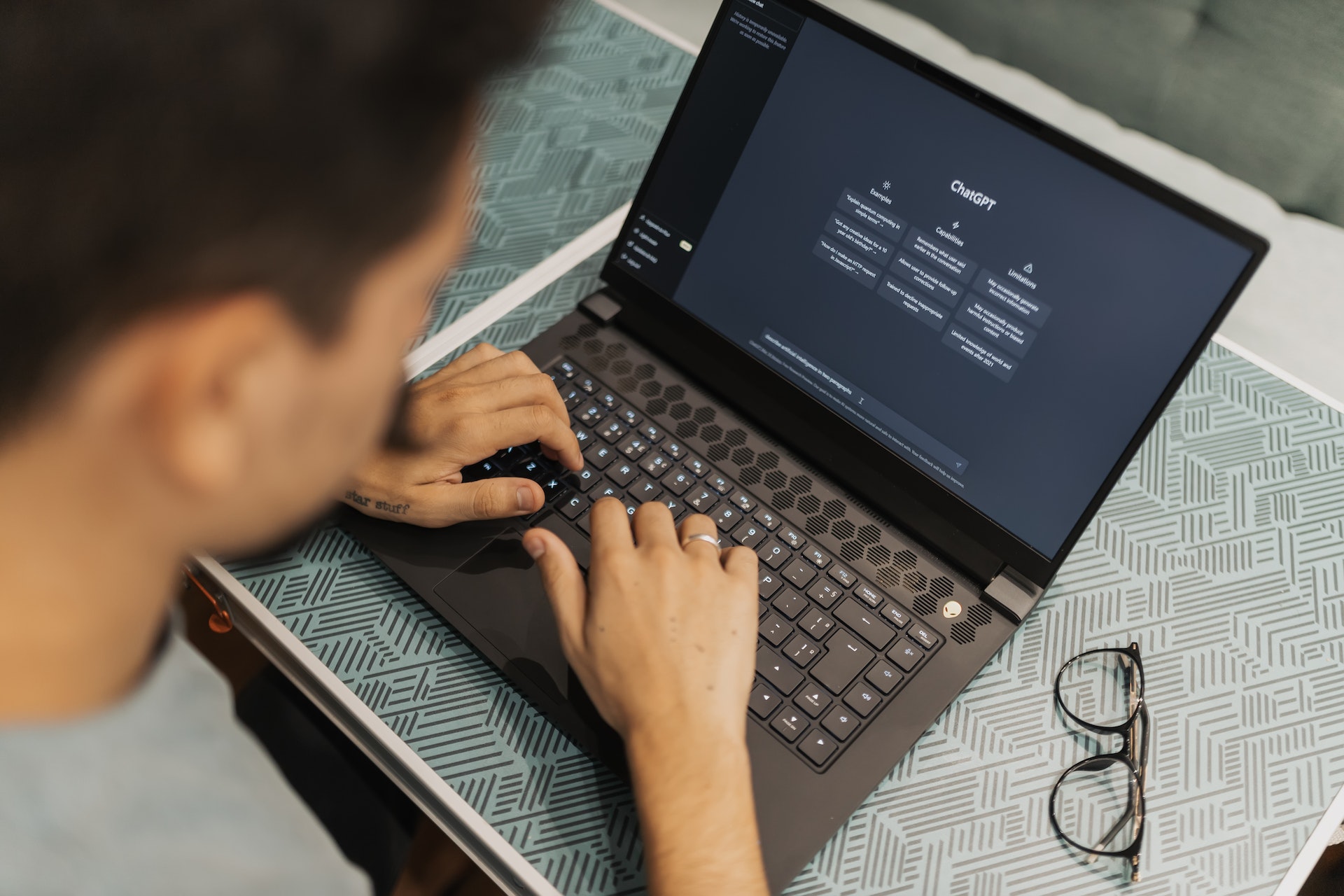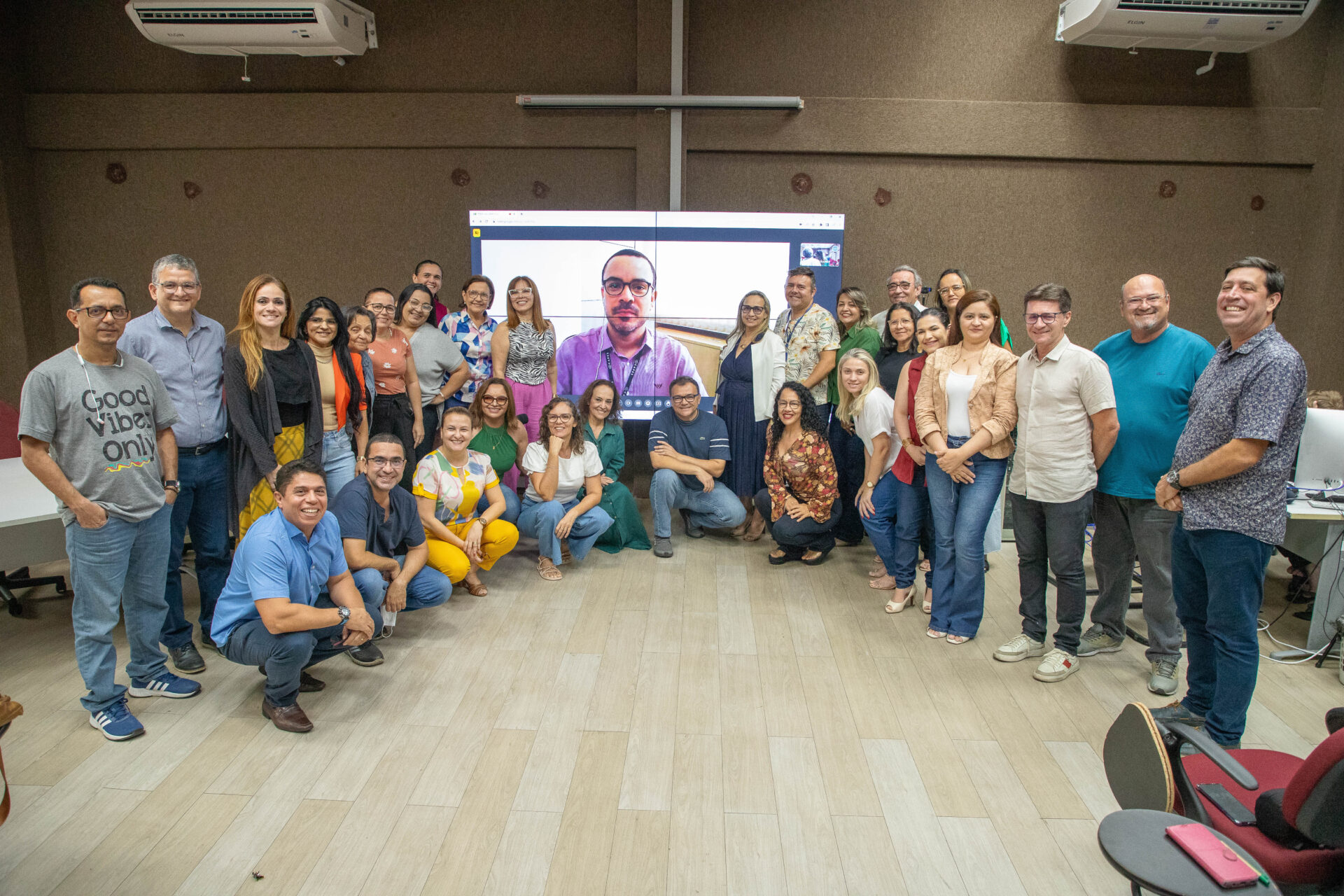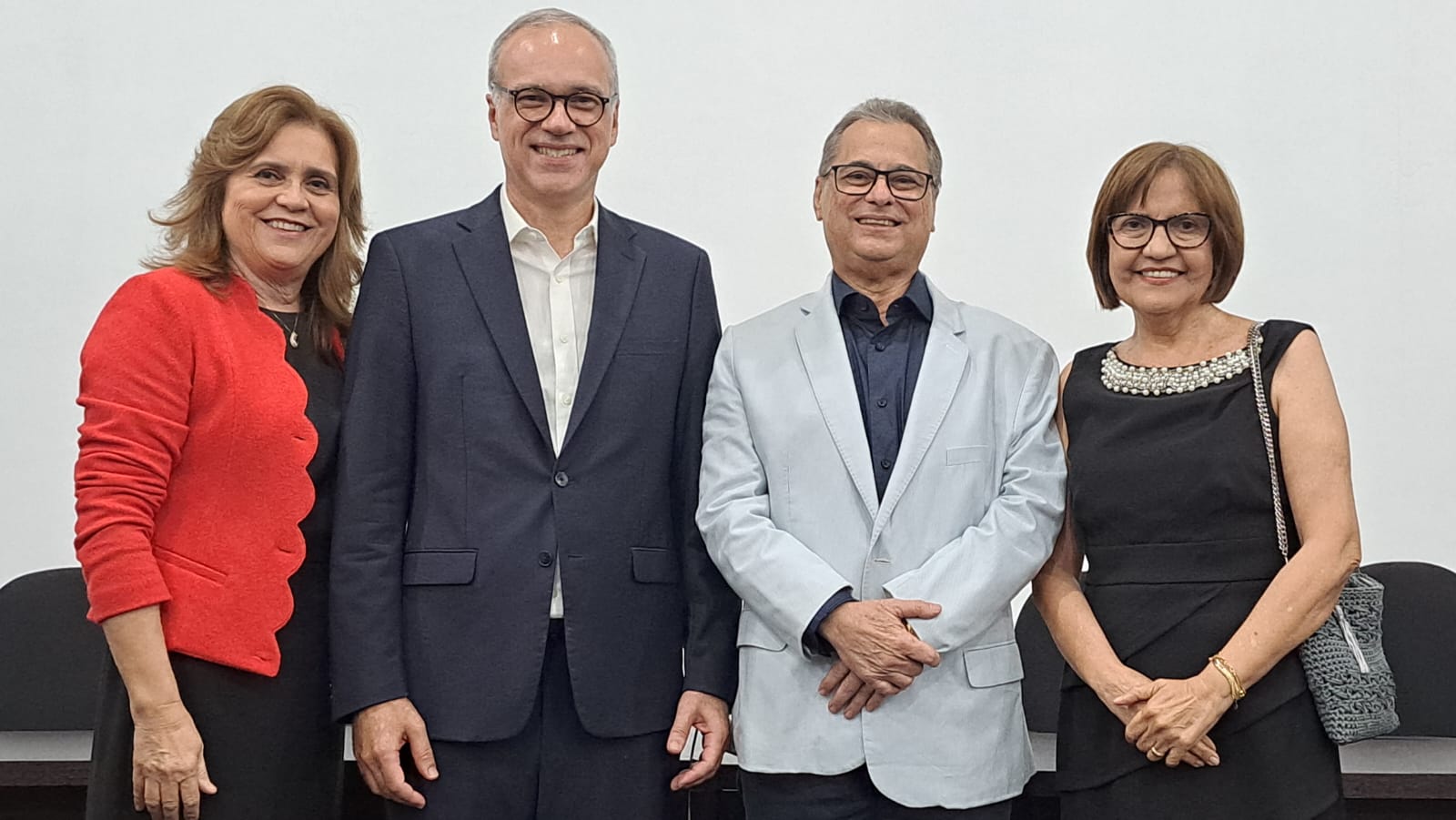SEDIS produces material to guide remote teaching activities at UFRN
The Secretariat of Distance Education of the Federal University of Rio Grande do Norte prepared two notebooks with guidelines for carrying out activities based on remote teaching in an emergency. The first addresses a design proposal for the organization of classes. The second provides basic guidelines for the preparation of the lesson plan. This material is part of a set of publications that will support a series of actions adopted by UFRN, in view of the suspension of classes due to the covid-19 pandemic.
On June 1, the Teaching, Research and Extension Council (Consepe) of the Federal University of Rio Grande do Norte (UFRN) approved resolution 023, which regulates the offer of remote activities for undergraduate, graduate and graduate students. basic, technical and technological education, on an exceptional basis. This is a pilot project for remote education and will be offered in a non-mandatory manner to students and teachers.
In addition, the Exceptional Supplementary Academic Period (2020.3) was created for face-to-face undergraduate courses. For distance undergraduate courses, the use of the Mandacaru Academic virtual learning environment is maintained, without the need to adhere to remote education. In both cases, the 2020 calendar. 1 will remain suspended.
The Pedagogical Coordinator of Distance Education at UFRN, Lilian Zaros, explains that distance education students can enroll in up to 180 hours of curricular components and in the so-called activities that do not form classes. Lilian Zaros also stresses that communication with EaD students continues through the page of the Pedagogical Coordination and the Coordinators of distance education courses found within the virtual learning environment.
Remote education and distance education
In addition to the Pedagogical Coordinator of Distance Education at UFRN, the preparation of the notebooks had the collaboration and coordination of UFRN’s Distance Education Secretary, Carmem Rêgo, UFRN’s Assistant Secretary for Distance Education, Ione Morais, and the Pole Coordinator of Face-to-face support from Caicó, Tânia Cristina Meira. The teachers’ expertise in distance learning was fundamental for the production of these contents.
According to UFRN’s Distance Education Secretary, Carmem Rêgo, this is a model that is also based on technological tools, but unlike the distance learning modality, remote classes and activities are applied on time. In this context, this is a quick and accessible solution for many institutions that have face-to-face courses, clarified Professor Carmem Rêgo.
Formative itinerary
According to Ione Morais, Assistant Secretary of Distance Education at UFRN, the itinerary presented in the material reveals possibilities for the teacher’s action in the process of planning and systematizing the lesson plan, considering the disposition of the contents, the formulation of objectives, the definition of methodological strategies, the identification of learning supports and other characteristics.
For professor Tânia Cristina Meira, Coordinator of the On-campus Support Pole in Caicó, the didactic application of this remote education proposal should go beyond the emergency period and will allow the expansion of students’ contact with digital tools and will boost, in the face-to-face teachers, the development of professional skills associated with teaching that are already dominated by teachers.
Access content about remote education here:
– Emergency Remote Education 1.
– Emergency Remote Education 2.
Source: Bruno Cássio – SEDIS / UFRN Media Sector.
Últimas notícias
1
Use of ChatGPT and plagiarism in the academic environment will be discussed at a virtual event promoted by SEDIS/UFRN

1
UFRN, IFRN, UFERSA and UERN discuss proposals to advance the internalization of higher education in the state

1
UFRN’s Rector reinforces the strategic role of Distance Education for Rio Grande do Norte
